Brown Composting Materials (Everything you Need to Know)
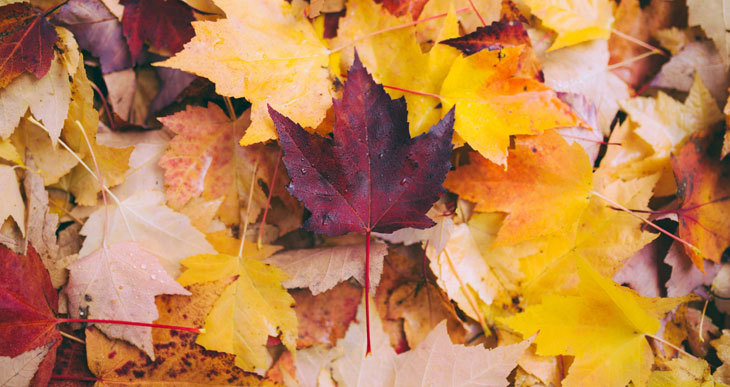
Finding a good source of brown (carbon rich) material for your compost bin can be tricky at times. Below I’m going to help you identify the best brown composting materials that are commonly available.
As a composter you should have some knowledge about the organic brown ingredients needed for your compost bin. Having a good understanding of what is brown (or green) has helped me improve the quality of my compost.
But are all browns comparable? Do they all contribute the same benefits to your compost mixture?
Let’s find out…!
Compost enthusiasts use the term “brown” to refer to any organic matter which is rich in carbon. Any plant waste which is dry, fibrous, and hard is generally recognized as brown. Browns are more resistant to decay. You can consider them as the slow-burning food for your compost heap. On the other hand, “greens” are anything soft with a higher moisture content. A balance of both brown and green substances is required for efficient composting.
Why Brown Compost Ingredients are Important
When I first started composting I didn’t really appreciate the importance of brown waste products. I would just chuck anything that looked like it would rot on the pile and give it a mix.
I now appreciate that a balance of both brown and green feedstocks provides the best results (feedstocks is just a term for the raw materials used in composting).
So, before we get stuck in, here’s a quick reminder of why “brown stuff” is so important to successful composting…

Composting is about letting stuff rot. This decay happens thanks to a whole bunch of tiny microorganisms. And they need four essential things to make compost:
- Carbon
- Nitrogen
- Oxygen
- Water
If each of these elements is available in the right proportions, microbes will thrive and multiply, and slowly digest the raw materials. Carbon is what provides the energy for the bacteria and fungi in your compost pile.
Browns = Carbon
So “browns” provide microbes with the carbon they need but they also play another useful role.
Structure and Oxygenation
Browns are generally hard and bulky and because they rot down slowly they tend to retain their structure for longer. Browns ensure that compost has good texture with plenty of air pockets. This helps to create good air flow and provide essential oxygen for microorganisms.
Humus
Not only that, the fibrous carbon-based matter in brown feedstocks is what contributes the humus part of finished compost. Humus is important for amending the structure of your soil and improving the soils ability to retain moisture.
Brown Materials for Compost:
The following is a list of commonly found brown materials you might consider putting on your compost pile. If you’re wondering how to identify “browns”, think about the physical properties of the things you want to compost – Browns tend to have the following characteristics:
- They break down slowly (slow to decay)
- High in carbon / low in nitrogen
- Strong and fibrous
- Dry (low moisture content)
- Bulky and take up space (provides texture and air pockets)
Leaves and Autumn Fall
Fallen dried leaves are an excellent source of carbon. During the fall, deciduous trees reabsorb the nutrients from the leaves before they fall to the ground. They are low in moisture, high in carbon and minerals, but they add a medium level structure to the compost mix (low oxygenation). Leaves are not as hard as wood and they tend to matt together when damp and create less air pockets.
Tip: A pile of leaves on their own can take years to decompose. If you shred leaves it will prevent them from matting together and this will speed up decomposition.
An electric leaf shredder like this one on Amazon will make short work of big piles of leaves. Shredded leaves have a large surface area for the bacteria to work on, and a better texture for good air circulation.
(Related reading: Composting in the Fall)
Collecting dried leaves provides a useful supply of browns for the summer months. Keep them in a dry place or they will turn to leaf mold(which in itself is useful, but not the desired result).
Certain species of leaves such as oak and beech will make slightly acidic compost (good for acid-loving plants).
Evergreen Leaves & Pine Needles
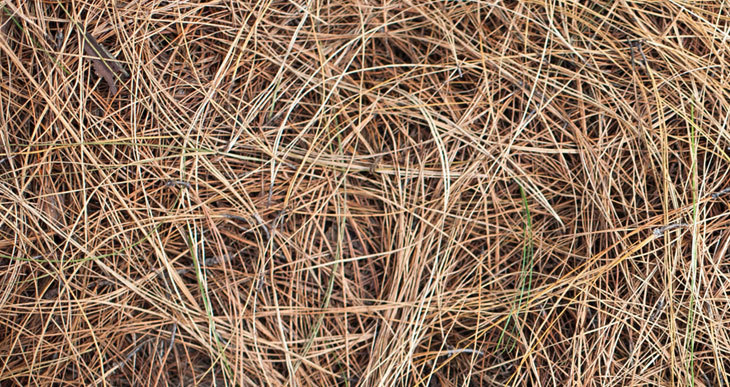
Fallen pine leaves are high in carbon, low in moisture, but have poor structure (low oxygenation).
Poor aeration of the composting ingredients can encourage anaerobic (oxygen-hating) bacteria to take over the decomposition. These are the kind of things you find in sewers and bogs! They let off odorous gases and methane (a greenhouse gas).
Pine needles are also known to be acidic in the same way as oak and beech leaves. Pine needles can be added to compost, but if you have large amounts, try to keep them to a maximum of 10% of the total materials. So long as they are not a dominant part of the compost, the other ingredients in the pile will neutralize them (make the compost more alkaline).
Again, you could stock them as a future source of brown materials.
Wood from Tree and Hedge Trimmings
A great source of carbon with good structure. Branches can provide good roughage (improving air circulation), however they will decompose very slowly unless they are chopped or shredded.
You can put down layers of chopped wood in your bin, but don’t overdo it or your pile may dry out too quickly (water will drain too easily and a lot of air can dry out your compost).
Wood from Shavings and Chippings
Wood chippings provide a good source of browns. They have a greater surface area which means that more of the material is exposed to the composting bacteria, thereby speeding up the rotting process.
However, fine chippings and sawdust have a low density and don’t add much structure to the pile.
Mix fine sawdust well with other material, to avoid it matting together. You can also compensate the fine structure with some bulkier material to make sure your pile remains aerated.
Also beware of treated wood chippings or sawdust. The chemicals used may contaminate your compost and be harmful to your plants (and possibly yourself). Any preservatives used on wood will slow down or prevent microbial activity (after all, that’s what they were designed for).
On the other hand, if sawdust has been used as pet bedding, the added manure could be beneficial!
Wood Bark
Bark is another source of carbon. It will decompose slowly depending on the size of the bark “chips”. If you add it with a good balance of green materials (nitrogen source) it will help the bacteria and fungi do their work.
A note about treated wood. Any wood used for outdoor structures is generally treated with fungicides, pesticides, or other chemical treatments to prevent them from rotting. All those little critters who are responsible for decomposition won’t like this at all. They may even be hazardous to your health. This type of wood should be disposed of using an approved municipal collection system.
Bracken
Bracken is the kind of fern plant that grows uninvited in your backyard. Dried bracken can be composted as a brown. It adds good structure to compost, but it tends to be quite acidic.
Cardboard, Paper & Newspaper

Composting cardboard provides a handy source of browns, and is a great way to get rid of your junk mail!
It seems however that most processed paper and cardboard is not very rich in nutrients. When shredded it will add good structure and carbon to your compost, but I would advise using it sparingly if possible. Shredding is the ideal option because this improves the structure, and prevents it from matting together and forming an impervious layer in your pile.
I’ve used shredded cardboard often during the summer season when browns are harder to come by. This is also the time of year you get loads of grass clippings, so mixing them with cardboard avoids ending up with a slimy mess!
Hay and Straw
Hay and straw is a brown material type which adds good structure to your compost. It is very tough and breaks down slowly, and it’s not the kind of thing you generally find in a backyard. But in the summer, when “browns” are rare, some people purchase hay as a substitute carbon material.
Ideally you should buy hay or straw after it has weathered and started to turn grey. This also means that it’s past it’s best for feeding to livestock and farmers should let you have it at a good price!
Perhaps the best source of hay is when it has been used as livestock bedding, in which case it has been mixed with manure (manure is an excellent source of nitrogen and is classed as a “green”).
Make sure your hay or straw hasn’t been treated with herbicides or pesticides.
Cornstalks, Husks & Cobs
Tough hard material like corn stalks, corn cobs and husks makes pretty stubborn composting material. Even though they are hard to rot, they’re still a beneficial source of carbon. Give your compost a helping hand by chopping them up and mixing them with plenty of green stuff!
Dead Plants and Houseplants
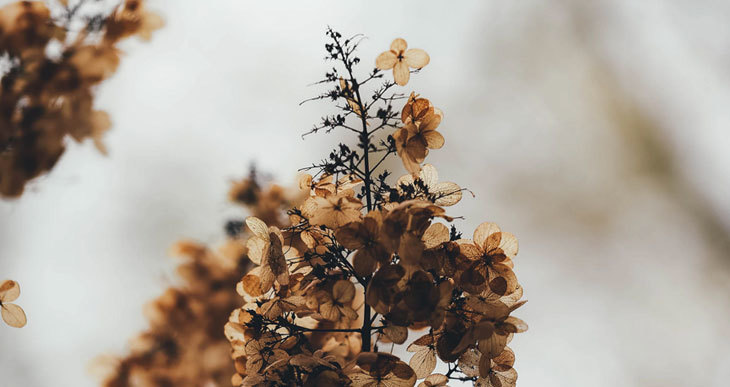
These are easy to compost and don’t need any particular treatment, except larger branches may need chopping up beforehand.
Ashes
Make sure you only compost wood ashes and not coal ash. Coal ashes can be toxic for plants because of the large amounts of iron and sulphur. Avoid charcoal from your barbecue as well – it can resist decay for years on end!
Wood ashes are also high in potassium (otherwise known as potash, this is an essential nutrients necessary for plant growth).
Sift your ashes to get rid of large pieces. You can add a sprinkling of wood ashes to your compost approximately every one and a half feet. This will add valuable potassium to your finished compost.
Peanut Shells
According to my research, peanut shells are a source of brown materials, but they are also rich in nitrogen. Yes… you heard me. “But doesn’t that make them a green material”? That’s what I thought, but apparently not. And no, I don’t understand either!
My advice is crush them well and add them to your compost.
I’ve also heard some gardeners recommend using peanut shells as mulch. However, it seems that they can harbor fungal diseases. To be on the safe side, compost them rather than using them as mulch. Check out my composting chart for more advice on what to compost.
How to Prepare Brown Materials
One of the features with most brown materials is that they break down very slowly (for example certain hardwoods can take up to two years to compost completely).
If you’re anything like me, you want to be able to take advantage of your compost sooner rather than later!
To improve the decomposition of these substances, a good chopper / shredder is an essential tool. It will “pulverize” them so that they rot in a fraction of the time they would normally take.
Brown Compost Tips
For effective composting you need a lot more carbon than nitrogen.
The fall is a good time to collect browns which you can stock nearby for use as needed. At certain times of the year you have an abundance of carbonaceous feedstocks like fallen leaves and pruned branches. It’s a good idea to store them for times when you lack browns.
Keep your stocks close to your compost bin to reduce the workload.
The more varied the range of browns the better. Greater variety gives you a better chance of obtaining a balanced compost. And you’ll have a more diverse range of microorganisms at work in the pile.


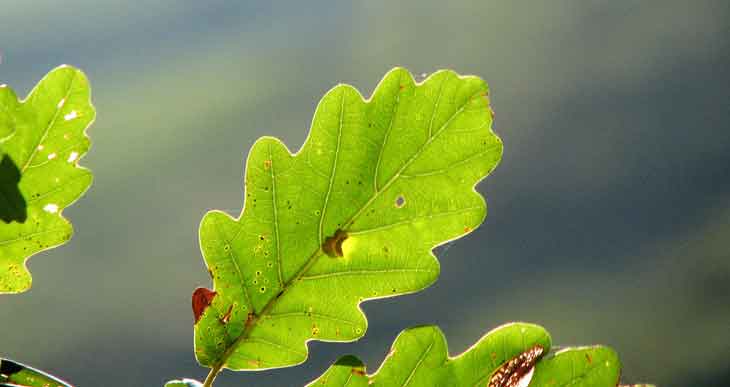
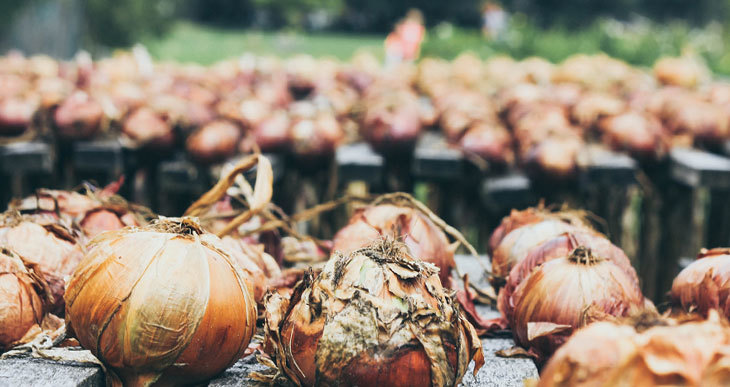

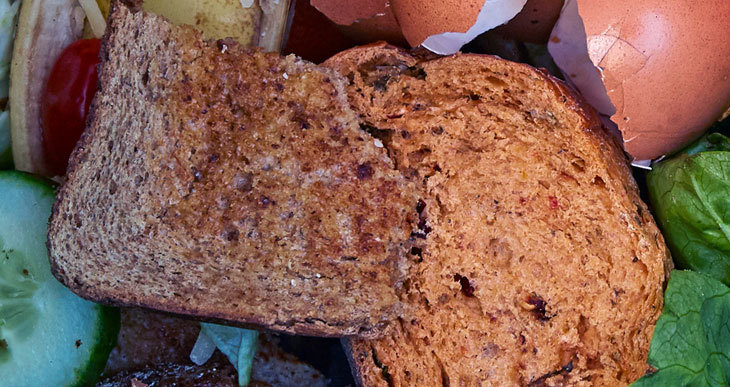


I bought bedding straw. I’ve heard straw can ignite. Is it unsafe to keep in my basement or garden shed? Currently it is wrapped in plastic and it’s outside up against the vinyl siding of my house. Can you help?
Hi Nancy
It’s generally safe to store straw in your basement or shed, but ensure it stays dry. While straw itself doesn’t easily ignite, it’s crucial to avoid excess moisture. Interestingly, with hay and straw, too much moisture can lead to heat and even spontaneous combustion. So, keep it dry and loosely packed for good airflow!